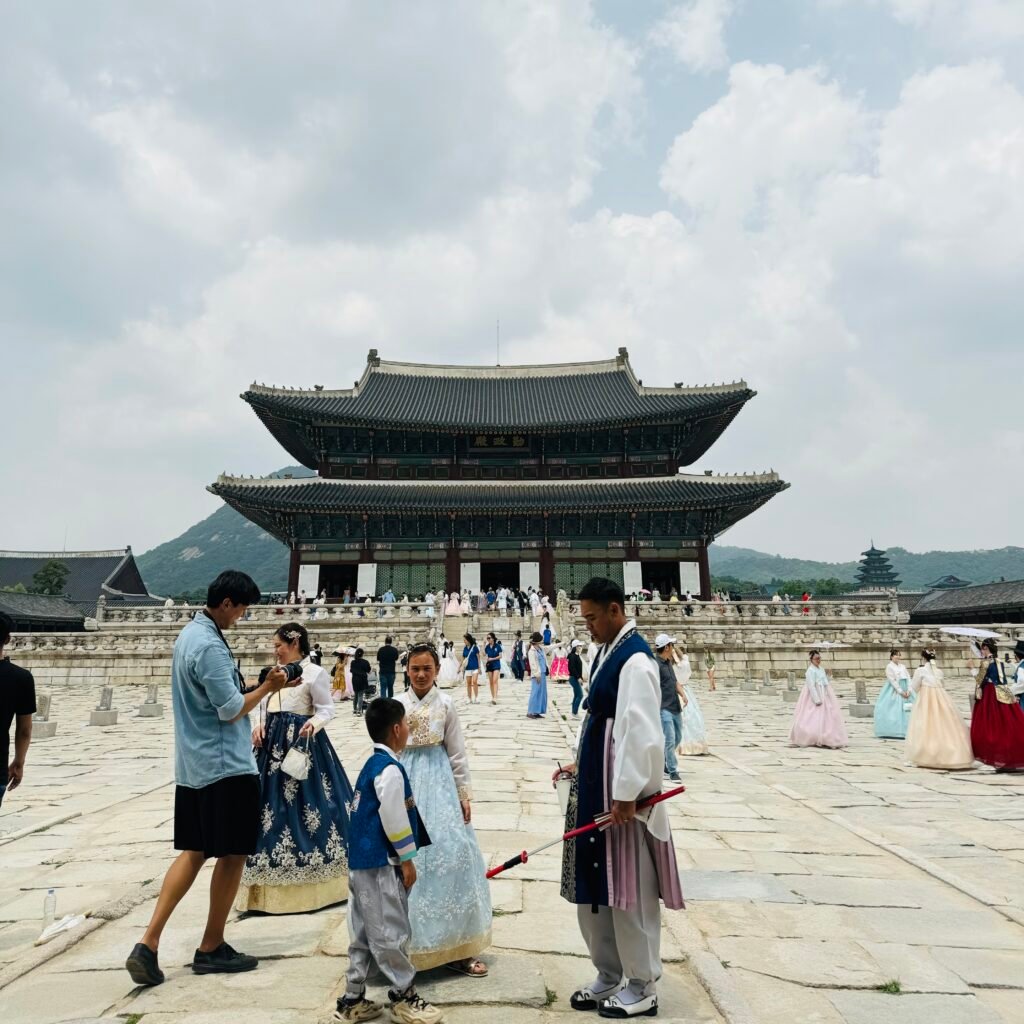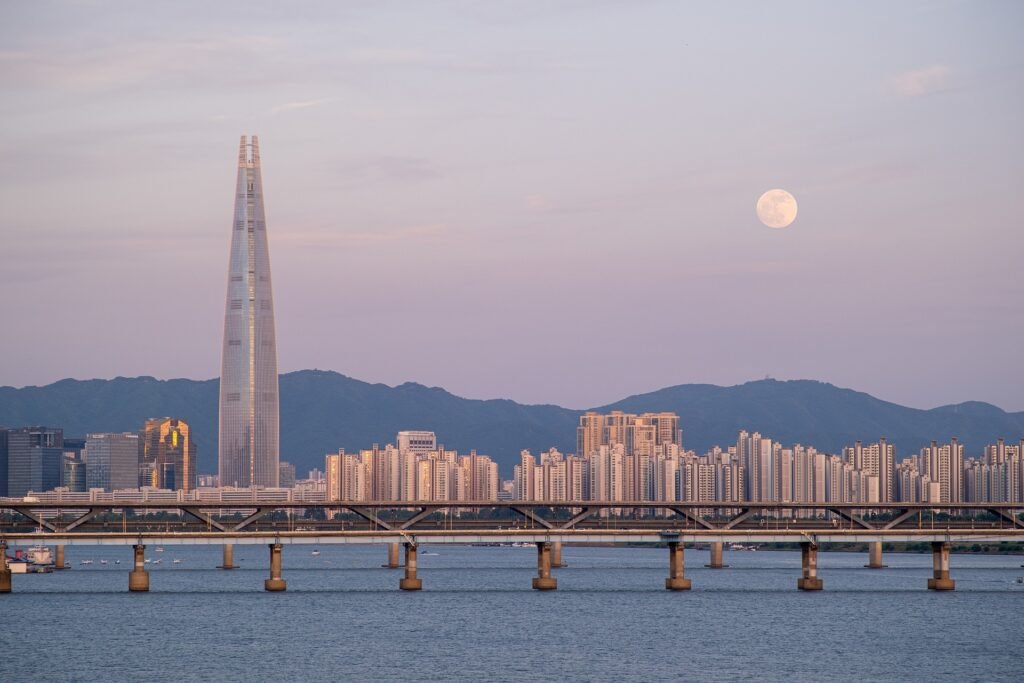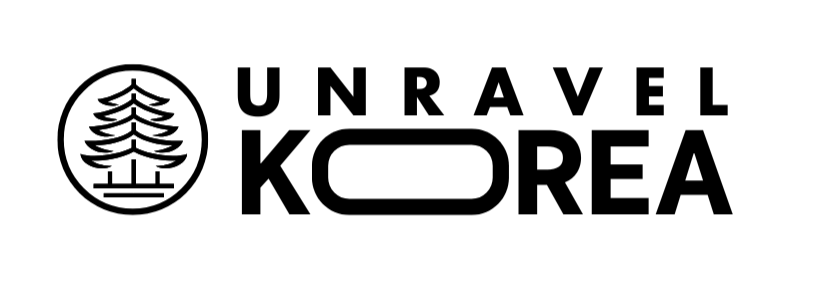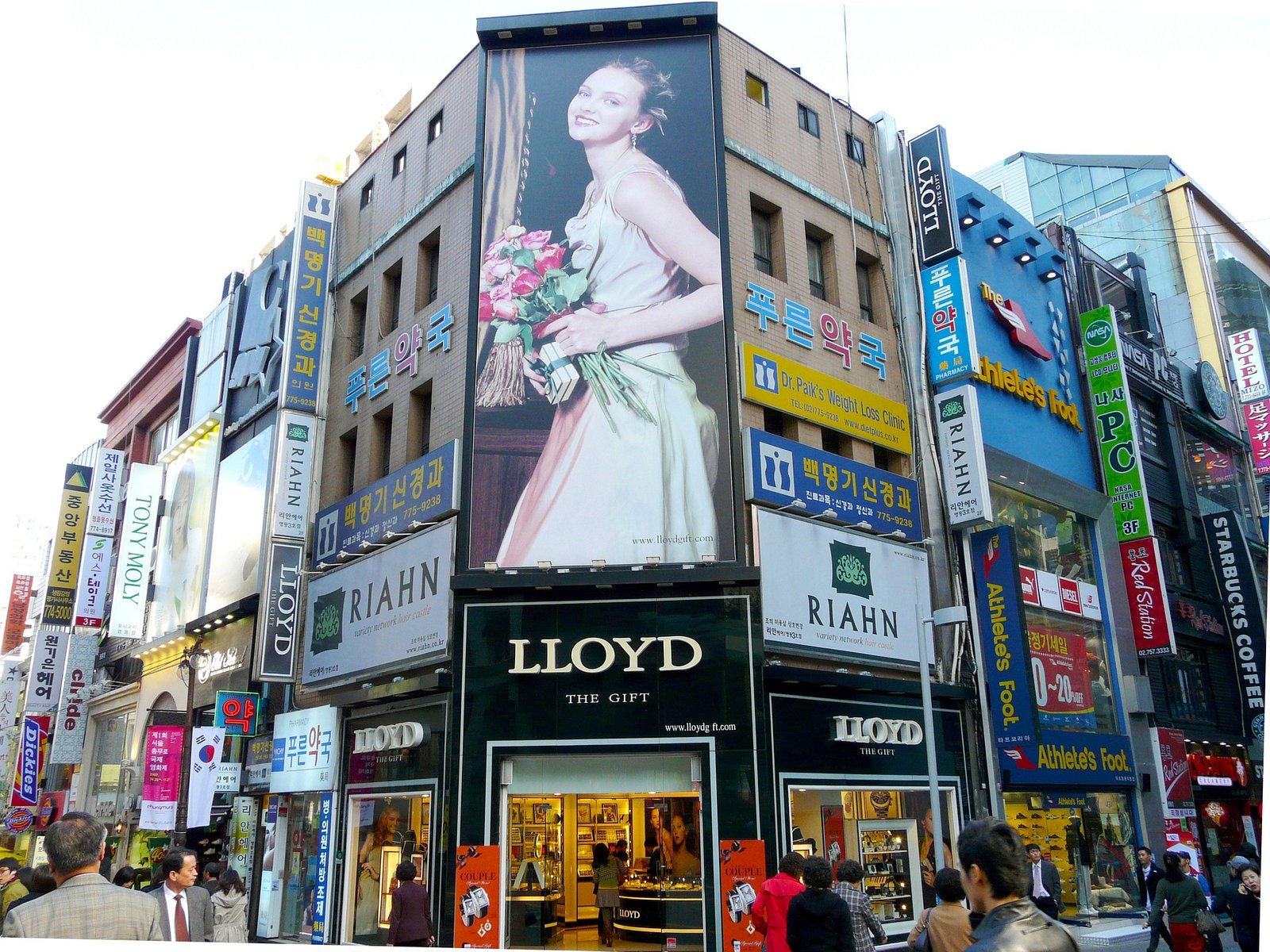After living in Seoul for over a year now, I’ve had the chance to experience this incredible city from a local’s perspective while still maintaining that wide-eyed wonder of someone discovering Korea for the first time.
Today, I’m sharing my absolute favorite things to do in Seoul – not just the tourist must-sees, but the experiences that have genuinely made me fall in love with this city.
Seoul Is More Than Just a Tourist Hotspot
When I first arrived in Seoul in 2023, I thought I knew what to expect. I’d watched countless K-dramas, listened to K-pop, and read every travel blog I could find. But honestly? Nothing prepared me for the real Seoul experience.
This city isn’t just about checking boxes on a tourist itinerary. It’s about feeling the pulse of 9.7 million people living their dreams, the steam rising from street food stalls at 2 AM, the respectful bow of an elderly man at a palace, and the infectious laughter of friends sharing fried chicken and beer after a long day.
Living here as a student has given me a unique perspective. I’ve experienced Seoul during different seasons, at various times of day, and in different moods. I’ve made mistakes (like wearing a suit to a jjimjilbang – don’t ask), discovered hidden gems, and learned that the best experiences often happen when you least expect them.
The Seoul I’m about to share with you isn’t just a collection of Instagram-worthy spots. These are the experiences that have shaped my time here, the moments that made me understand why Seoul has captured hearts worldwide, and the activities I recommend to every friend who visits me.
So grab a cup of coffee (or better yet, some Korean corn silk tea), and let me take you through my personal Seoul journey.
My List of Top 15 Things to Do in Seoul (Ranked)
Note: This ranking changes depending on my mood, the season, and how much sleep I got the night before. But these 15 experiences represent the essence of Seoul as I’ve come to know and love it.
1. Visit Gyeongbokgung Palace in a Hanbok Dress
I’ll never forget my first time walking through Gyeongbokgung Palace in a traditional hanbok. As someone who usually lives in jeans and hoodies (university student life, you know), putting on those flowing robes felt like stepping into a different era.
The palace itself is breathtaking – those colorful buildings against the backdrop of Bukhansan Mountain create a scene that looks almost too perfect to be real. But wearing a hanbok adds another layer to the experience. Suddenly, you’re not just observing history; you’re participating in it.

My Tips:
- Rent your hanbok from one of the shops near the palace (I recommend the ones in Bukchon – about a 10-minute walk)
- Go early morning or late afternoon for the best photos and fewer crowds
- Don’t miss the changing of the guard ceremony at 10 AM, 12 PM, 2 PM, and 4 PM
- The best hanbok rental places offer hair styling too – totally worth it!
Cost: Palace entry is free with hanbok rental (normally 3,000 won), hanbok rental ranges from 15,000-30,000 won for 2-4 hours.
The first time I watched Korean grandmothers smile and take photos of me in hanbok, I realized this wasn’t just about tourists playing dress-up. It was about cultural appreciation and connection across generations.
Many people might prefer to travel around Seoul and see the temples here. Here you can visit and see the 10 famous temples of Seoul that are very close to you.
2. Hike Up Namsan Mountain to Seoul Tower
This might sound cliché, but hiking up to Seoul Tower (officially N Seoul Tower) has become my go-to stress reliever. As a student dealing with coursework, adjusting to life in a new country, and running this blog, I need those moments where I can literally rise above the city noise.
The hike isn’t too challenging – about 20-30 minutes depending on which route you take – but the payoff is incredible. Watching Seoul spread out below you, especially at sunset, reminds you just how massive and vibrant this city really is.
My Experience: I’ve done this hike in every season now. Spring brings cherry blossoms along the path, summer evenings offer the best city views, fall transforms the mountain into a canvas of reds and golds, and winter (if you’re brave enough) provides crisp, clear views of snow-covered Seoul.
Pro Tips:
- Take the hiking trail instead of the cable car – you’ll feel more accomplished
- Pack some kimbap and makgeolli for a picnic at the top
- The tower looks beautiful from outside; you don’t necessarily need to pay to go up
- Evening hikes are magical, but bring a flashlight for the way down
3. Stay in a Hanok House
This was actually one of my first experiences in Seoul, and it set the tone for everything that followed. Instead of booking a regular hotel or guesthouse, I spent my first week in a hanok in Bukchon Hanok Village.
Sleeping on a yo (traditional floor mattress), waking up to the sound of nothing but birds (rare in Seoul!), and experiencing the ondol (underfloor heating system) gave me immediate insight into traditional Korean living. The contrast between stepping out into ultra-modern Seoul from this 500-year-old architectural style was mind-blowing.
What I Learned:
- Hanoks are surprisingly comfortable once you get used to floor sleeping
- The architectural principles (like the courtyard design) create natural air circulation
- Many hanok stays include traditional Korean breakfast
- It’s a great way to meet other travelers interested in Korean culture
Booking Tips:
- Book well in advance, especially during peak seasons
- Choose between Bukchon (more touristy but convenient) or Jeonju (more authentic, but day trip required)
- Some hanoks offer cultural activities like tea ceremonies or hanbok experiences
4. Visit the War Memorial of Korea
I’ll be honest – this wasn’t originally on my must-do list. Military history isn’t typically my thing, and I was more interested in Seoul’s modern culture. But a Korean friend insisted I go, saying I couldn’t understand modern Korea without understanding its recent history.
He was absolutely right.
The War Memorial is massive, emotional, and educational in ways I wasn’t prepared for. Walking through the Korean War exhibits, seeing letters from soldiers, and understanding the division that still exists today gave me context for so many aspects of Korean life I’d observed but not understood.
Most Impactful Moments:
- The outdoor display of actual military equipment
- Reading personal stories from families separated during the war
- Understanding the timeline of Korea’s rapid development post-war
- The memorial wall with names of fallen soldiers
Important Note: This visit changed how I view the relationship between North and South Korea, the presence of US military bases, and why older Koreans sometimes have complicated feelings about foreign visitors.
5. Take a DMZ Tour for a Real History Lesson
Following up on the War Memorial experience, visiting the DMZ (Demilitarized Zone) was like putting together the final pieces of a complex puzzle I’d been working on since arriving in Korea.
Standing at the border between North and South Korea, looking across to a country I’ll probably never visit, was surreal. The DMZ tour isn’t just about the political division – it’s about understanding how this division affects daily life, family relationships, and national identity in South Korea.
What Surprised Me:
- The DMZ has actually become a nature preserve due to minimal human interference
- You can actually see North Korean soldiers through binoculars
- The gift shop sells North Korean products (legally imported through China)
- The emotional weight of meeting elderly Koreans who still have family in the North
Tour Tips:
- Book with a reputable company (I used Koridoor Tours)
- Bring your passport – it’s required
- No ripped jeans or revealing clothing (strict dress code)
- The Joint Security Area (JSA) tour is more intense but incredibly worthwhile
6. Eat the Foot-long Ice Cream in Hongdae
Okay, shifting gears completely – let’s talk about one of Seoul’s most Instagram-famous treats! The foot-long ice cream in Hongdae isn’t just about the novelty (though watching people try to figure out how to eat it is entertaining). It’s about experiencing Hongdae’s youthful, creative energy.
Hongdae is Seoul’s university district, and the vibe is infectious. Street performers, indie music venues, late-night food stalls, and yes, ridiculously long ice cream cones. I’ve brought every visitor here, and it never gets old.
The Ice Cream Experience:
- It’s actually called “Gilim Ice Cream” and costs about 5,000 won
- Comes in various flavors – I recommend the original vanilla or strawberry
- Pro tip: Share it with someone or you’ll get a serious brain freeze
- Best enjoyed while people-watching in Hongdae playground (the main square)
While You’re in Hongdae:
- Check out the live music venues
- Try some street food from the night market
- Experience Korean clubbing culture if that’s your thing
- Visit during weekends for the full energy
7. Walk the Sky Bridge at Lotte World Tower
Before moving to Seoul, I thought I was afraid of heights. Turns out, I was just afraid of boring tall buildings. Lotte World Tower‘s Sky Bridge is different – it’s terrifying in the most exhilarating way possible.
At 478 meters high, this glass bridge extends out from the tower, giving you a 360-degree view of Seoul. When I first stepped onto that transparent floor, my legs literally shook. But the view… the view is indescribable.

What Makes It Special:
- It’s the highest observation deck in the Western Hemisphere
- The bridge extends 11 meters out from the building
- You can see all of Seoul’s major landmarks from one spot
- The experience includes interactive displays about Seoul’s development
My Advice:
- Go during both day and evening if possible (the city lights are spectacular)
- Don’t eat a big meal beforehand if you’re sensitive to heights
- The photo opportunities are endless, but don’t spend the whole time behind a camera
- It’s pricey (about 27,000 won), but worth it for the experience
8. Enjoy Korean BBQ With Soju
If you’ve made it this far in Seoul without having proper Korean BBQ with soju, you’re doing it wrong. But this isn’t just about the food – it’s about understanding Korean social culture.
Korean BBQ is a communal experience. You’re not just eating; you’re bonding, sharing stories, and participating in rituals that go back generations. The person cooking the meat (usually the eldest or most experienced), the way soju is poured and received, the side dishes (banchan) that keep appearing – it’s all part of a social dance I’m still learning.
My Korean BBQ Evolution:
- First visit: Confused about everything, burned the meat
- After a month: Started understanding the banchan system
- After six months: Could properly pour soju for others
- Now: Still learning, but can hold my own at a Korean BBQ table
Best Places I’ve Tried:
- Maple Tree House (Itaewon): Great for beginners, English-speaking staff
- Samwon Garden (Sinsa): Traditional atmosphere, perfect for special occasions
- Local neighborhood places: Often the best food, but language barrier can be real
Soju Tips:
- Never pour your own – it’s considered rude
- Use both hands when receiving or giving
- Don’t drink alone – wait for the group toast (“Geonbae!”)
9. Eat Like a True Foodie at Gwangjang Market
Gwangjang Market is where I learned that Korean food extends far beyond what most international visitors experience. This isn’t a tourist market with sanitized versions of Korean dishes – this is where locals eat, and the food is incredible.
My first visit was overwhelming. The smells, the sounds, the ajummas (older Korean women) calling out to potential customers, the sizzling pans, the constant movement – it felt like organized chaos. But once I found my rhythm, it became one of my favorite places in Seoul.
Must-Try Foods:
- Bindaetteok (mung bean pancakes): Crispy, savory perfection
- Mayak kimbap (mini kimbap): Addictive little rolls with mustard sauce
- Yukhoe (Korean beef tartare): If you’re adventurous
- Sundae (blood sausage): Sounds scary, tastes amazing
- Pajeon (green onion pancakes): Perfect with makgeolli
My Strategy:
- Go hungry – like, really hungry
- Bring cash (most vendors don’t take cards)
- Point and smile if your Korean isn’t great
- Watch what locals are eating and order the same thing
- Don’t be afraid to ask for seconds – it’s a compliment to the vendor
10. Read at Starfield Library in COEX Mall
This might seem like an odd inclusion, but hear me out. Starfield Library represents something uniquely Korean – the integration of education, commerce, and social space in one beautiful environment.
This library sits in the middle of a massive shopping mall, surrounded by stores and restaurants, yet maintains a peaceful, studious atmosphere. It’s become my go-to spot for blog writing, university assignments, and just escaping the hustle of Seoul life.
Why I Love It:
- The architecture is Instagram-worthy, but it’s also functional
- Free WiFi and comfortable seating
- Open until 11 PM (perfect for night owls like me)
- The book selection includes English titles
- You can take breaks to grab coffee or food without leaving the building
Perfect For:
- Digital nomads needing a workspace
- Students looking for study spots
- Book lovers wanting to browse Korean literature
- Anyone needing a quiet moment in busy Seoul
- Photography enthusiasts (but be respectful of others)
11. Visit the Joseon Royal Tombs (UNESCO World Heritage)
Most tourists skip this, thinking it sounds boring compared to palaces or shopping districts. That was my mistake initially. The Joseon Royal Tombs, scattered around Seoul and its vicinity, offer something you can’t get anywhere else – a connection to 500 years of Korean royal history in incredibly peaceful settings.
I finally visited Seolleung and Jeongneung (in Gangnam, of all places) on a whim one afternoon when I needed a break from studying. Walking among these ancient burial mounds, surrounded by old trees and traditional architecture, felt like discovering a secret Seoul that exists parallel to the modern city.
What Makes Them Special:
- UNESCO World Heritage status for good reason
- Incredible preservation of Joseon Dynasty burial practices
- Often empty of tourists, giving you space to reflect
- The contrast of ancient tombs surrounded by skyscrapers
- Each tomb complex tells different royal stories
My Recommendations:
- Seolleung and Jeongneung: Easiest to access via Gangnam
- Donggureung: Largest complex, worth the trip to Guri
- Taereung and Gangneung: Beautiful forest setting
- Bring a picnic – the grounds are perfect for quiet lunch
12. Have Fried Chicken and Beer Like the Locals Do
“Chimaek” (chicken + maekju/beer) isn’t just food in Korea – it’s a lifestyle. After living here for over a year, I can confirm that Koreans have perfected the art of fried chicken, and the beer pairing culture is something every visitor needs to experience.
But here’s what guidebooks don’t tell you: chimaek isn’t just about the food. It’s about the ritual of gathering with friends, the specific way chicken is shared, the timing of when to order more beer, and the conversations that happen over crispy chicken and cold beer.
My Chimaek Education:
- Started with tourist-friendly places like Kyochon Chicken
- Graduated to neighborhood joints where I was the only foreigner
- Learned the art of Korean beer games (get ready for “baskin robbins 31”)
- Discovered that different sauces pair with different beers
- Realized that chimaek at 2 AM hits different than chimaek at 8 PM
Best Chimaek Experiences:
- Han River parks: Bring your own chicken and beer for riverside dining
- Local neighborhood shops: Usually the best chicken, most authentic experience
- Baseball games: Chimaek at Korean baseball games is a cultural institution
- Late-night delivery: Yes, you can get fresh fried chicken delivered at 2 AM
13. Watch the Banpo Bridge Rainbow Fountain Show
I was skeptical about this one. A fountain show? In 2024? But my Korean classmates insisted it was worth experiencing, especially during my first Seoul summer. They were right – but not for the reasons I expected.
The fountain show itself is pretty cool – water dancing to music with rainbow lights reflecting off the Han River. But the real magic happens around the show. Families spreading out picnic blankets, couples on dates, friends sharing snacks and drinks, children running around with light-up toys – it’s a snapshot of Seoul’s social life.
Best Experience Tips:
- Bring a picnic blanket and snacks
- Shows run from April to October
- Weekend shows are more crowded but more energetic
- The 8 PM show has the best lighting
- Banpo Hangang Park has convenient stores and food trucks
What I Learned: This represents Seoul’s approach to public spaces – creating opportunities for community gathering while showcasing technology and artistry. It’s very Korean in the best way possible.
14. Hike the Seoul City Wall (My Favorite One)
Okay, I lied in the title. This is actually tied for my favorite Seoul experience. The Seoul City Wall (Hanyangdoseong) is a 18.6-kilometer wall that once protected the entire city. You can hike sections of it, and each section offers different perspectives on Seoul’s history and development.
What I love about this hike is how it weaves through different Seoul neighborhoods. You’ll go from ancient fortifications to ultra-modern districts, from quiet mountain paths to busy urban streets. It’s like experiencing Seoul’s entire timeline in one journey.
My Favorite Sections:
- Naksan Park to Dongdaemun: Easy hike with great city views
- Namsan to Myeong-dong: Steep but rewarding
- Inwangsan Mountain: Challenging but offers the best sunset views
- Bugaksan: Requires ID (near Blue House), but incredibly peaceful
Why It’s Special:
- You’re literally walking on 600-year-old history
- Each section offers different difficulty levels
- The views change dramatically throughout the seasons
- It’s free and accessible by public transportation
- You feel like you’re discovering secret Seoul spots
15. Spend a Day in a Jjimjilbang (Actually, This Is My Favorite!)
I can’t lie anymore – this is absolutely my favorite Seoul experience. Jjimjilbangs (Korean bathhouses) were completely foreign to me before moving to Korea. The idea of communal bathing, saunas, and sleeping in public spaces seemed weird and uncomfortable.
I was so wrong.
My first jjimjilbang experience happened during my second week in Seoul when I was still looking for permanent housing. A Korean friend suggested I stay overnight at Dragon Hill Spa instead of paying for another night in a guesthouse. Best advice ever.
What Happens at a Jjimjilbang:
- Gender-separated bathing areas with various temperature pools
- Co-ed areas with saunas, game rooms, restaurants, and sleeping areas
- You can literally spend 12-24 hours here for under 15,000 won
- Families go together, friends meet up, solo travelers relax
- It’s like a community center, spa, and budget hotel combined
My Jjimjilbang Routine:
- Arrive stressed and tired
- Shower thoroughly (very important etiquette)
- Rotate between hot and cold baths
- Try different themed saunas (ice room, clay room, jade room)
- Eat Korean comfort food in the restaurant
- Read or watch TV in the relaxation area
- Take a nap on the heated floor
- Repeat as needed
- Leave feeling like a completely new person
Best Jjimjilbangs I’ve Tried:
- Dragon Hill Spa (Yongsan): Tourist-friendly, open 24/7
- Siloam Sauna (Jongno): Traditional, popular with locals
- Spa Lei (Gangnam): More upscale, great facilities
- Neighborhood jjimjilbangs: Cheapest, most authentic experience
Cultural Notes:
- Bring your own toiletries or buy them there
- Never wear swimwear in the bathing areas
- Stay hydrated – the saunas are intense
- Respect others’ space and keep noise levels low
- Don’t take photos anywhere
The reason this tops my list is because jjimjilbangs represent everything I love about Korean culture: community, wellness, accessibility, and the integration of relaxation into daily life. It’s where I’ve had some of my most peaceful moments in Seoul, and where I feel most connected to local Korean life.
Final Thoughts
These 15 experiences represent my Seoul journey – from wide-eyed newcomer to someone who genuinely considers this city home. Each activity taught me something different about Korean culture, history, or daily life.
What I’ve learned is that the best Seoul experiences aren’t just about visiting famous places or eating popular foods. They’re about understanding the rhythms of Korean life, appreciating the balance between tradition and innovation, and finding your own connection to this incredible city.
Some of these activities might not appeal to everyone. Maybe you’re not interested in history (skip the War Memorial), or heights terrify you (avoid Lotte Tower), or communal bathing isn’t your thing (I get it about jjimjilbangs). But I encourage you to try at least a few things that push you outside your comfort zone.
Seoul has a way of surprising you when you least expect it.
Whether you’re planning your first visit to Korea or you’ve been here multiple times, I hope this list gives you some new perspectives on what makes Seoul such a special place. These aren’t just tourist activities – they’re windows into understanding modern Korea and its people.

